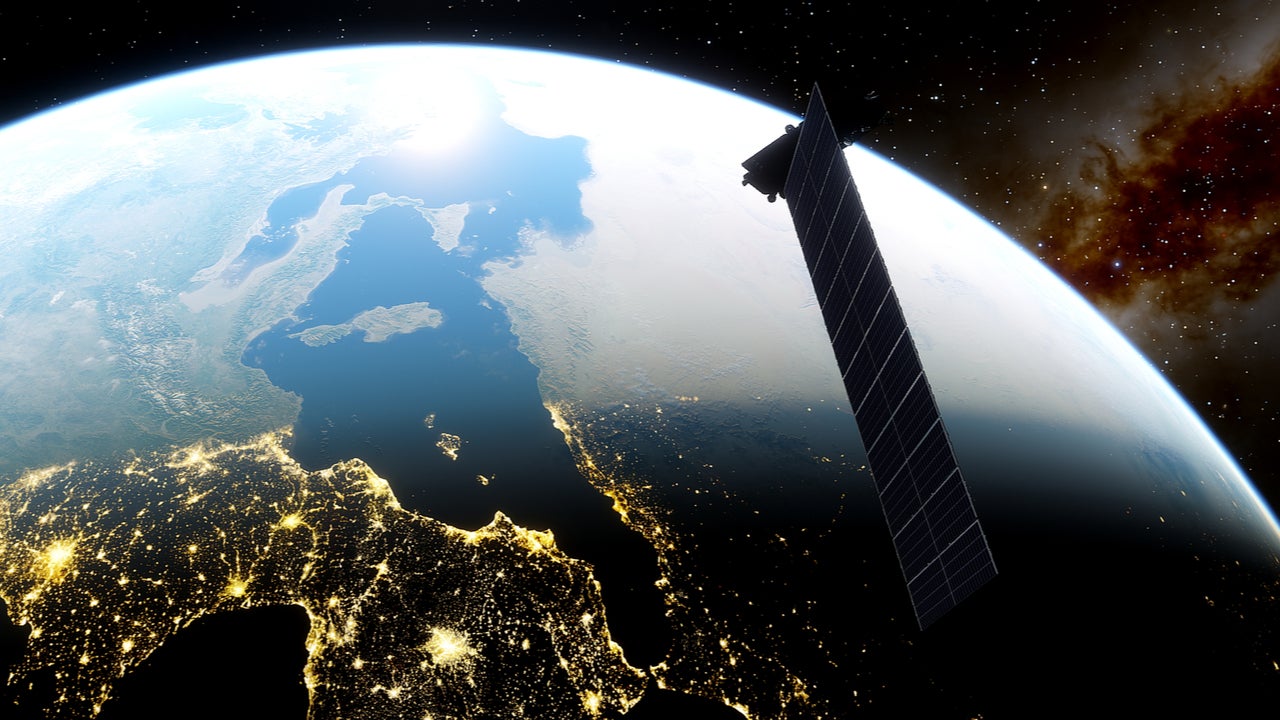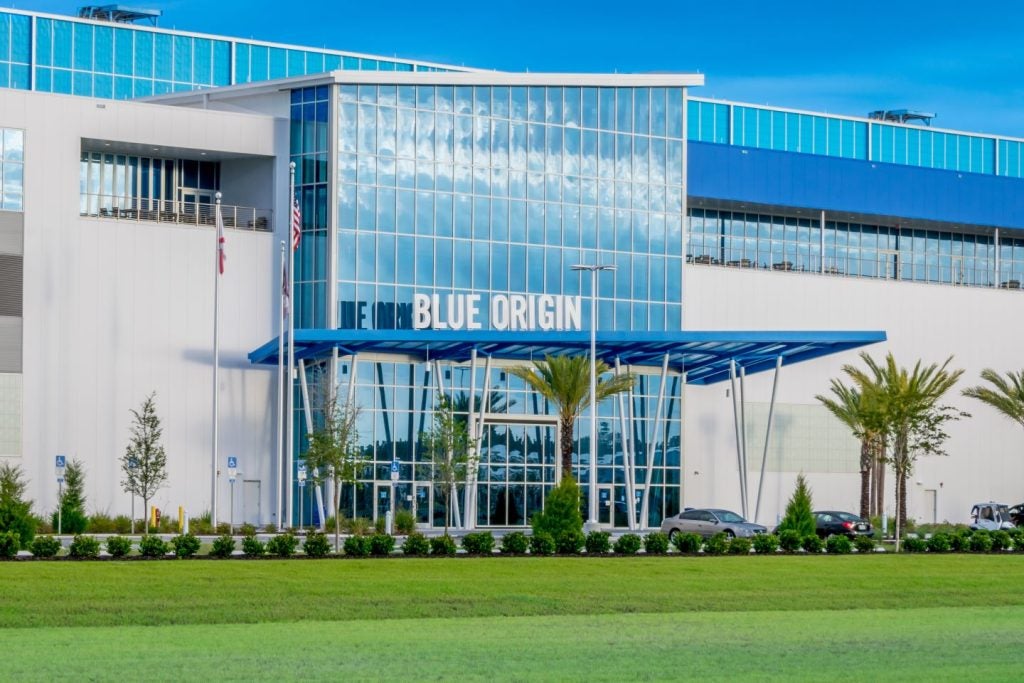
Google has inked a deal to link its cloud unit with SpaceX’s growing satellite internet service Starlink. Under the partnership announced on Thursday, SpaceX will install Starlink terminals at Google data centres, enabling Starlink customers to use Google’s cloud service and Google to use the satellite constellation’s speedy internet.
The search engine giant said the partnership would leverage “Starlink’s ability to provide high-speed broadband internet around the world and Google Cloud’s infrastructure.” According to Mountain View, organisations with broad footprints – like the public sector, businesses and communities operating in remote areas as well as networked communities – will benefit from the deal.
“Applications and services running in the cloud can be transformative for organisations, whether they’re operating in a highly networked or remote environment,” said Urs Hölzle, senior vice president of infrastructure at Google Cloud. “We are delighted to partner with SpaceX to ensure that organisations with distributed footprints have seamless, secure, and fast access to the critical applications and services they need to keep their teams up and running.”
This new capability, delivered by Google Cloud and Starlink to enterprise customers, is expected to be available in the second half of 2021.
“Combining Starlink’s high-speed, low-latency broadband with Google’s infrastructure and capabilities provides global organisations with the secure and fast connection that modern organisations expect,” said SpaceX president and COO Gwynne Shotwell. “We are proud to work with Google to deliver this access to businesses, public sector organisations, and many other groups operating around the world.”
Fierce competition
Despite taking the third spot among global cloud service providers, Google cloud still lags behind Amazon Web Services (AWS) and Microsoft Azure. Nevertheless, the California-based tech goliath has been steadily closing in on the number one and two. Its latest financial record shows that Google Cloud reported a revenue increase of 46% year-over-year (YoY) to $4.05bn. Despite this increase, Google Cloud still only accounts for 7% of the $2tn business’ overall revenues. Moreover, it also remains a loss-making business segment for the company.

US Tariffs are shifting - will you react or anticipate?
Don’t let policy changes catch you off guard. Stay proactive with real-time data and expert analysis.
By GlobalDataAccording to GlobalData’s thematic analysis, Google invested heavily in data centres and interconnects, spending more than $10bn in 2020 to grow its network of data centres and offices in 11 US states.
Competition in the satellite service industry is fierce too. Primary challengers to Elon Musk’s 1,300 plus Starlink satellites include Amazon’s Project Kuiper, which aims to launch more than 3,000 satellites in roughly the same orbit as Starlink, and London-based company OneWeb, which ultimately aims to launch 648 satellites.
The Google and SpaceX deal is not an isolated event. SpaceX has previously collaborated in a similar way with Microsoft for its cloud service. In October of 2020, the Redmond-headquartered software colossus stated that “the two companies plan to deliver satellite connectivity between field-deployed assets and cloud resources across the globe to both the public and private sector via SpaceX’s Starlink satellite network.”







